I found hundreds of requests on the Internet for the secret recipe for the wonderful white sauce served at many Japanese steakhouses all over America. It goes by many names:
- white sauce
- shrimp sauce
- yum yum or yummy sauce
- sakura sauce
Whatever name you give it, it’s delicious. This tangy pink-orange-white concoction tastes so good that most people wind up dumping it all over the fried rice and everything else on their plate! We have the recipe for this wonderful white sauce!
Why is this recipe so hard to find?
None of the Japanese steakhouses I’ve visited will give out the recipe. Part of the problem with finding it is that it’s not really a Japanese recipe. It was invented in America.
This shouldn’t surprise you – after all, many dishes served in American Chinese restaurants (like chop suey, egg foo yung, crab rangoon and many more) are not Chinese at all – they were invented in American restaurants and are not authentic Chinese dishes.
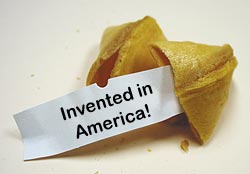
Believe it or not, the fortune cookie was invented in San Francisco at the Japanese Tea Garden Restaurant* in 1909 – they have nothing to do with China!
Discovering the recipe
I have been trying to find this recipe for 10 years. I’ve tried all of the recipes floating around the Internet, and none of them was right. A few were close, but even the close ones were missing something important.
Finally, I got a break. A local Japanese steakhouse got so many requests for it’s sauce that they decided to start bottling their white sauce and selling it in a local supermarket. That meant that under the law, they were required to list all the ingredients on the label. I used this as a starting point, and after about 20 batches, came up with a recipe that tasted exactly right.
I then went to a famous steakhouse that has a location near me and talked with the manager. He said if I could name all the ingredients correctly, he would let me know. Bingo! He made one small correction to my list to suit their particular version. Then with a big smile, said I was the first one who had ever guessed right! Of course, I didn’t tell him I had a little help 🙂 I bought a quart of their white sauce and took it home to compare with my corrected recipe, and it was perfect.
* In 1916 Los Angeles noodle manufacturer David Jung claimed to be the inventor but a San Francisco court ruled that Makoto Hagiwara, caretaker of Golden Gate Park’s Japanese Tea Garden, was the creator of the cookies, which he served to guests of the gardens.
How to Make Japanese Steakhouse White Sauce – Shrimp Sauce – Yum Yum Sauce – Sakura Sauce – You Finally Found The Recipe!
There are actually two ways to make Japanese white sauce. The first uses store-bought mayonnaise. The second involves making your own mayonnaise. The end result tastes the same if you do it properly.
Frankly, I find it a lot easier to use prepared mayonnaise. The sauce is less likely to separate with store-bought mayonnaise, as Hellmann’s has years of practice getting it right.
Do NOT attempt to use low fat or reduced calorie mayo, Miracle Whip, or cheap store brands – it changes the taste significantly!
Information on adjustments and how to cook the rest of the meal are near the bottom of the page, after the recipes.
Japanese Steakhouse White Sauce – Chuck’s Easy Recipe
| 1-1/4 cup | Hellmann’s mayonnaise * |
| 1/4 cup | water |
| 1 teaspoon | tomato paste |
| 1 tablespoon | melted butter |
| 1/2 teaspoon | garlic powder |
| 1 teaspoon | sugar |
| 1/4 teaspoon | paprika |
| dash | cayenne pepper |
Using a fork or a whisk, blend all ingredients together thoroughly until well mixed and the sauce is smooth. Refrigerate overnight to allow flavors to blend. Bring to room temperature before serving.
The sauce will NOT taste right if you don’t let it sit overnight. And please don’t try to substitute ketchup for the tomato paste! The water is needed to bring this to the right consistency.
I don’t know how long this keeps in the refrigerator; I’ve kept it 7-10 days, but I always wind up eating it all before 10 days so after that – anyone’s guess.
* Hellmann’s is called “Best Foods” west of the Rockie Mountains. Use other mayos at your peril – many cheap brands make the sauce taste too much like mayo.
The second recipe is made from scratch. Making mayonnaise is not hard, but it does involve patience. The key to getting the consistency right is to …slooooowly… add the oil while the blender is running.
If your blender lid has a small opening or removable piece in the top that allows you to add liquid while the machine is running without removing the top, that’s perfect. If not, this is going to make a mess – consider using the first recipe!
This recipe involves more ingredients because store-bought mayonnaise is made with mustard, vinegar and salt, so it is not necessary to add those items in recipe #1.
Japanese Steakhouse White Sauce – “From Scratch” Blender Recipe
| 3/4 cup | soybean oil |
| 1 | egg |
| 1/2 teaspoon | dry mustard powder |
| 1/2 teaspoon | salt |
| 2 teaspoon | sugar |
| dash | cayenne pepper |
| 1-1/2 tablespoons | white vinegar |
| dash | cayenne pepper |
| 1-1/2 teaspoons | tomato paste |
| 1 tablespoon | melted butter |
| 1/2 teaspoon | garlic powder |
| 1/4 teaspoon | paprika |
| 1/4 cup | water |
Set up blender. Put 1/4 cup (only) of the oil along with the egg, vinegar, mustard powder, salt, cayenne and 1 teaspoon of the sugar in the blender and place the lid on the blender. Turn it on and let everything mix well for about 5-10 seconds. Turn off the blender.
Open the pouring hole in the blender lid or take off the small removable center piece. Turn the blender back on, and very slowly drizzle the remaining 1/2 cup oil through the hole into the mixture while it is blending. It should take 30 seconds or so – if not, you are pouring too fast!
** If you add the oil too fast, it will not emulsify (come together) properly, and will not be the consistency of mayo – it will be more like white oil and you will need to throw it away! **
Once the mixture has emulsified, turn off the blender. Empty the contents into a mixing bowl. Using a fork or a whisk, mix in the remaining 1 teaspoon sugar along with the tomato paste, melted butter, garlic powder and paprika. Mix throughly until the sauce is smooth. If it is too thick, add some of the water (up to 1/4 cup) to get it to the desired consistency. Refrigerate overnight to allow flavors to blend. Bring to room temperature before serving.
The sauce will NOT taste right if you don’t let it sit overnight. And please don’t try to substitute ketchup for the tomato paste!
Adjustments
Your favorite restaurant may make this sauce slightly differently but at the 15-20 restaurants I have tried across the country, the sauce tastes pretty much the same. One popular chain’s sauce is slightly more tangy, and this can be fixed by adding a little vinegar to the first recipe, in small amounts so you don’t add too much. Remember, store-bought mayonnaise already contains some vinegar and/or lemon juice, so the brand your restaurant uses may just contain a little more than Hellmann’s does.
The rest of the meal
The rest of the meal is simple. The hibachi version of fried rice is easy. Steam plain white rice first and let it sit for a while before making the fried rice, as it needs to be fairly dry and not too sticky. Just fry it with some oil, we use canola, but others should work fine – and add a good dose of real soy sauce. Try Kikkoman’s – the key is to use a real BREWED soy sauce and not imitation junk like La Choy, it makes a huge difference. Most of the restaurants add some sesame seeds also. Add a little salt and pepper to taste. Finally, clear an empty spot in the center of your rice and add one egg – scramble it, and once it’s done, mix it into the rice. Keep the whole thing mixing and moving while you cook it, and serve.
They cook the veggies and meat the same way – oil, soy sauce, salt and pepper. Veggies normally include onions, zucchini or yellow squash, mushrooms… use whatever you like. Same goes for the meat – chicken loves white sauce, as does steak and shrimp. Meat shouldn’t be overcooked – once it’s cut into bite sized pieces, it should take only a very few minutes to cook so it’s done but still juicy and tender.
One simple request…..
Please do not re-post my recipe elsewhere on the web – but feel free to post links to this site anywhere you’d like. The recipe will always be freely available here – I’d just like to be able to see how many people visit the site!
Now that you’ve found the recipe, please take a second to sign our guestbook and leave me a quick note so I know that all the effort that went into this project was worth it to someone else besides me! (if you would rather send me a private message, you can do that on the contact page).
- ステーキ ハウス ミディアム レア:贅沢な肉料理の饗宴
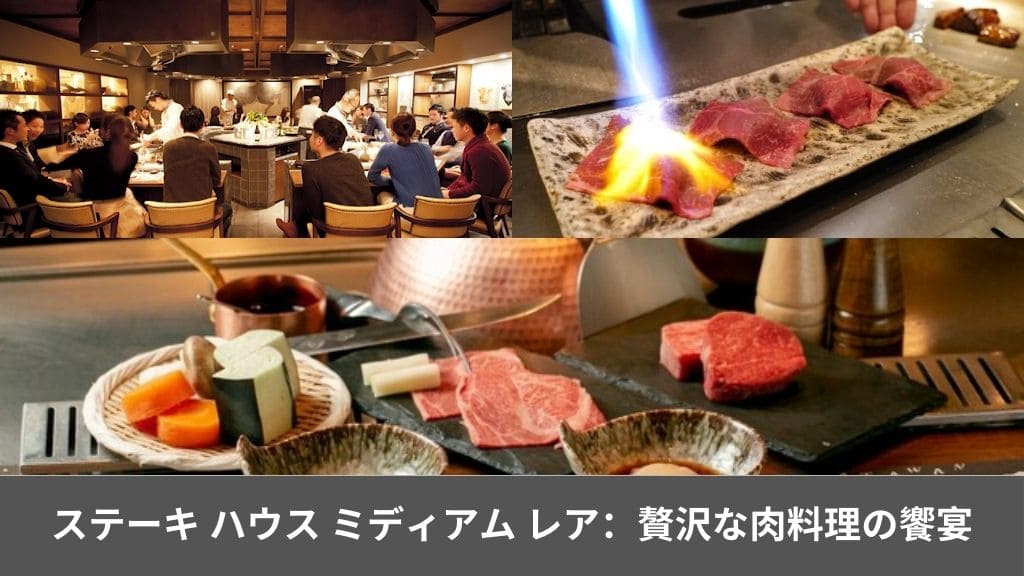
- 白板昆布: 日本の伝統食材の秘密に迫る
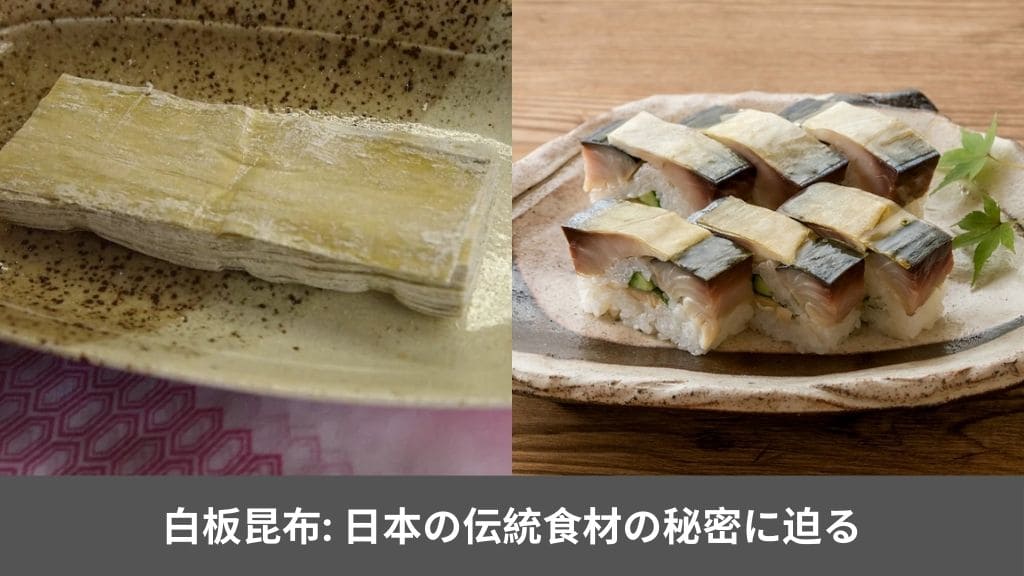
- バッテラの魅力とは?鯖寿司との違いや家庭での作り方を解説
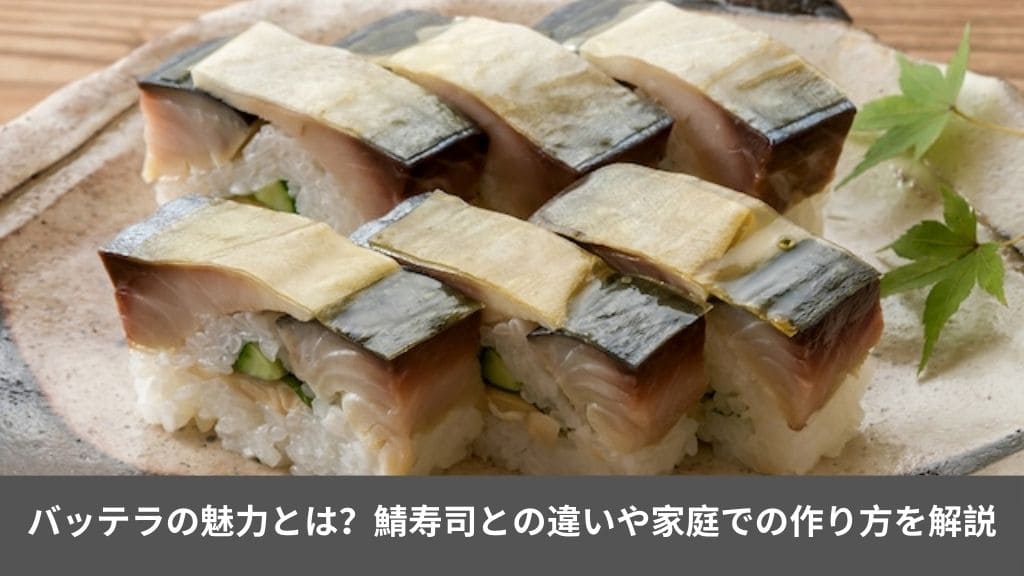
- 新潟県ステーキレストランおすすめ10選!絶品ハンバーグも紹介
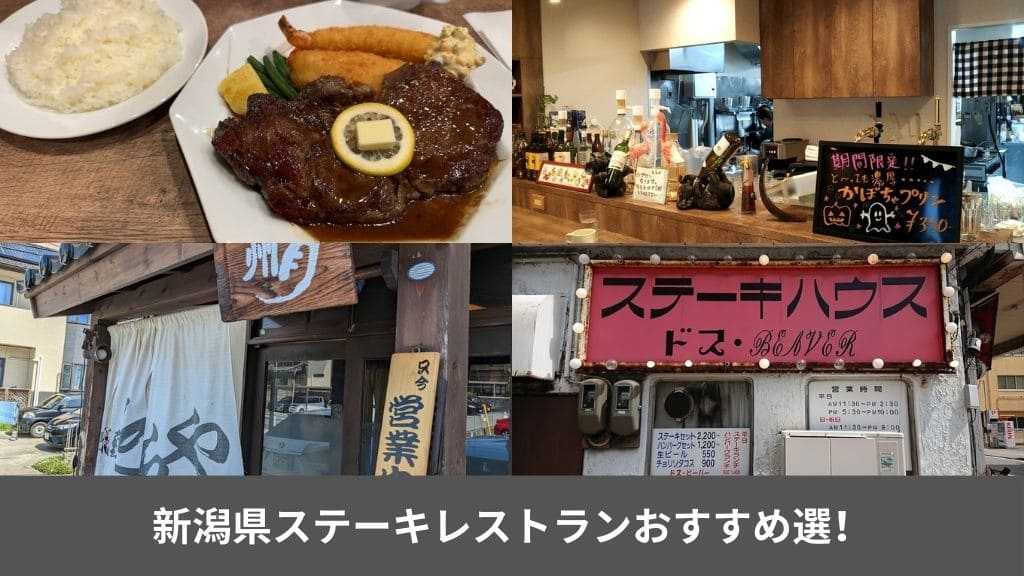
- 京都の老舗寿司店「いづう」での贅沢なランチ体験
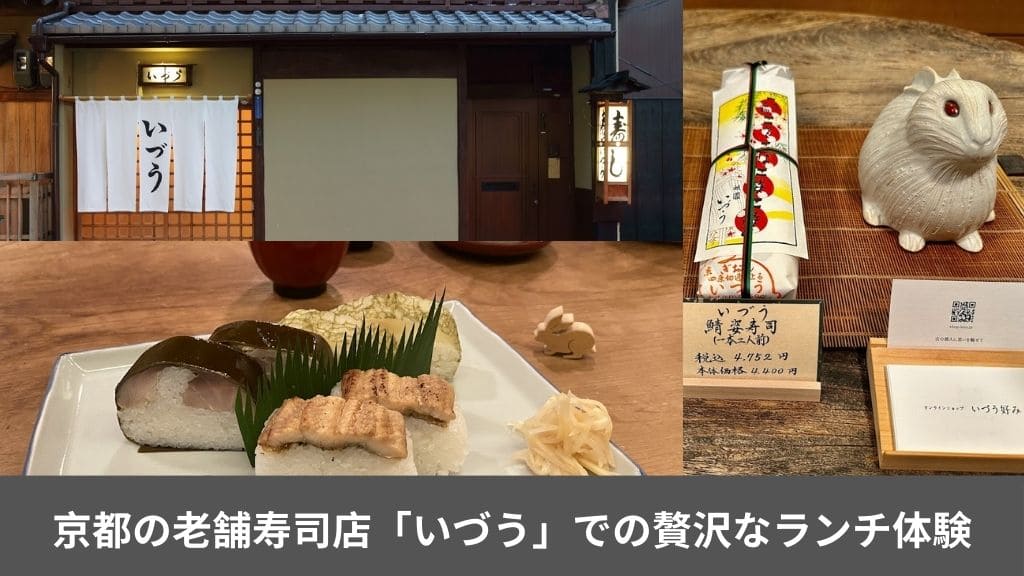
- 美味しいヤムヤムソースの自家製レシピと使い方
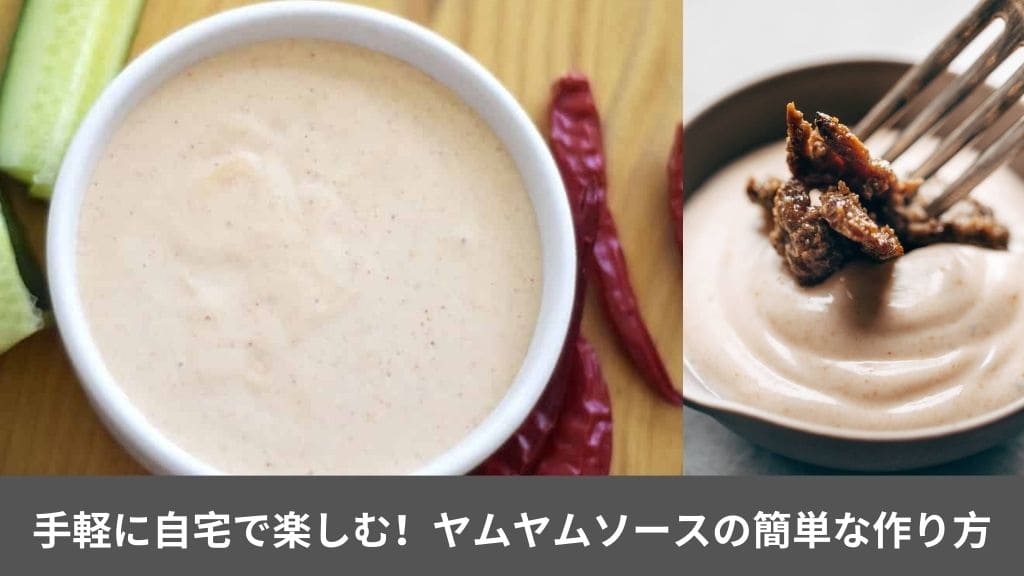
- 名護市のおすすめステーキハウス13選!地元ブランド牛から高級感溢れる店まで
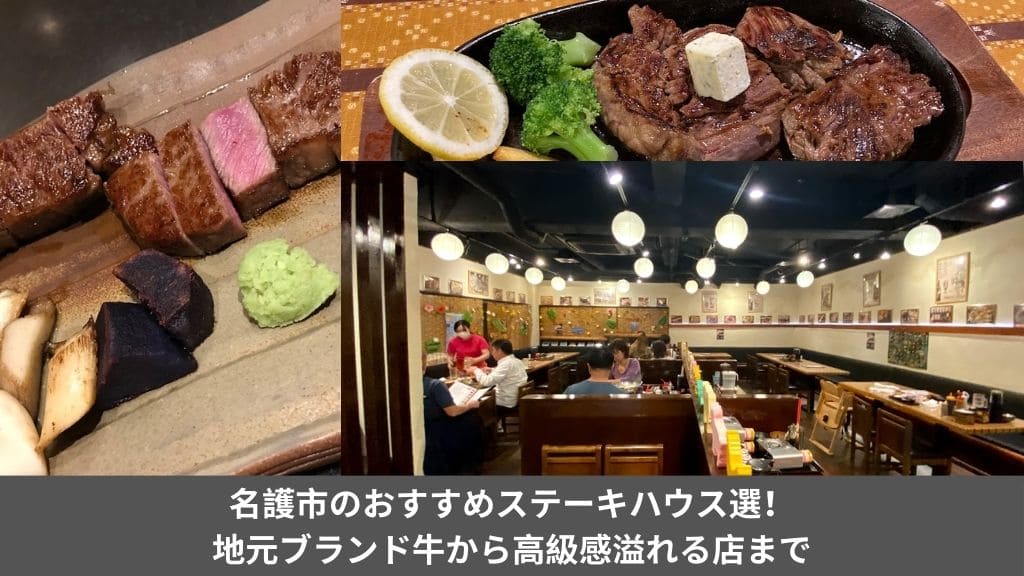
- 【三重旅行】カップルにおすすめの穴場スポットまとめ

- 三重県の子連れにおすすめホテルランキング2024: 家族で楽しむ最高の宿泊先

- 鳥羽エリアおすすめ観光スポット完全ガイド:絶景から文化まで

- 恩納村のホテルランチ:リゾート地での美食体験
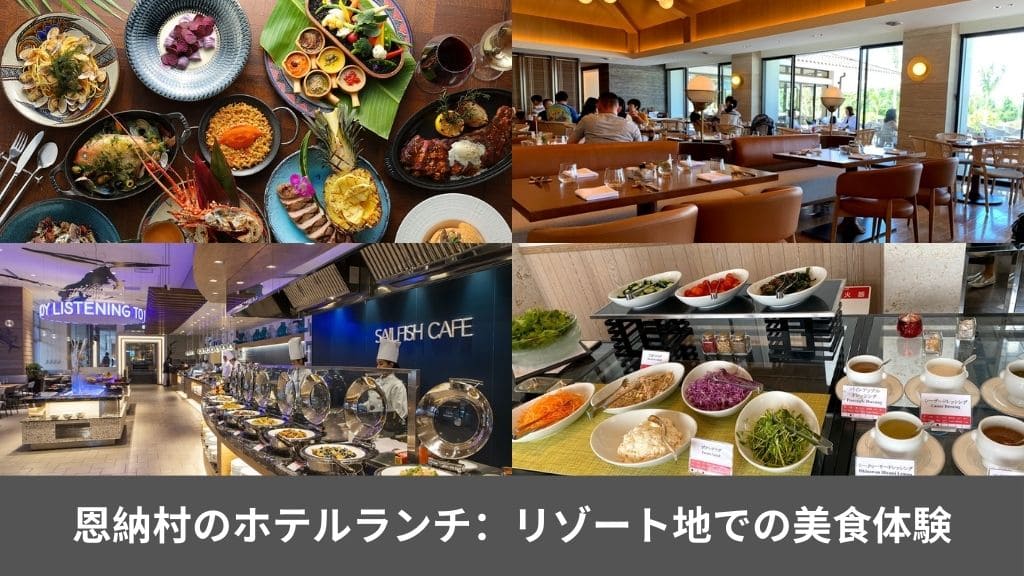
- 恩納村子連れ夕食:家族で楽しむ沖縄料理のおすすめ飲食店

- 那覇国際通り食べ歩き: 絶品グルメ5選とおすすめ店舗紹介
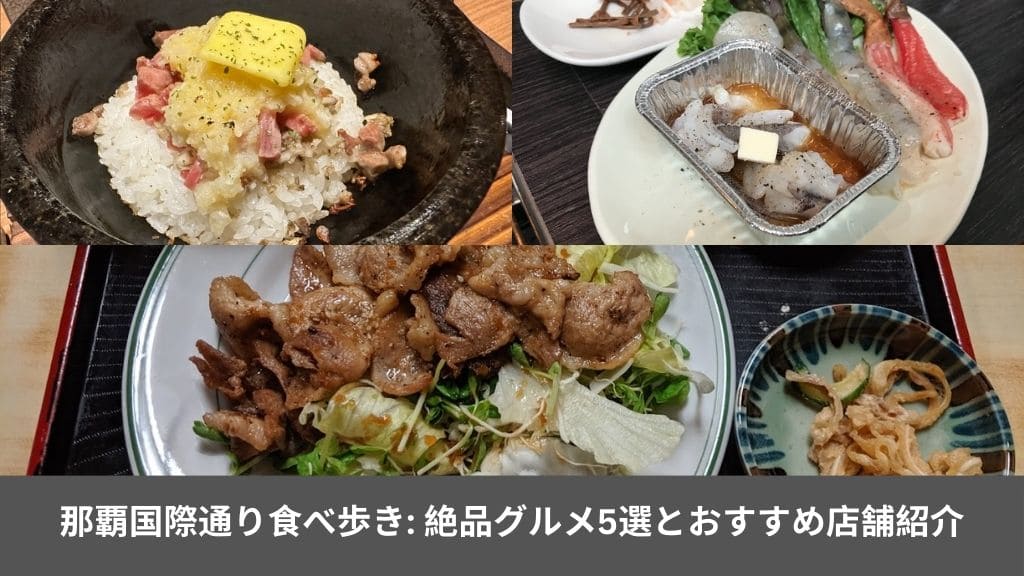
- 那覇国際通り食べ歩き: 絶品グルメ6選とおすすめ店舗紹介
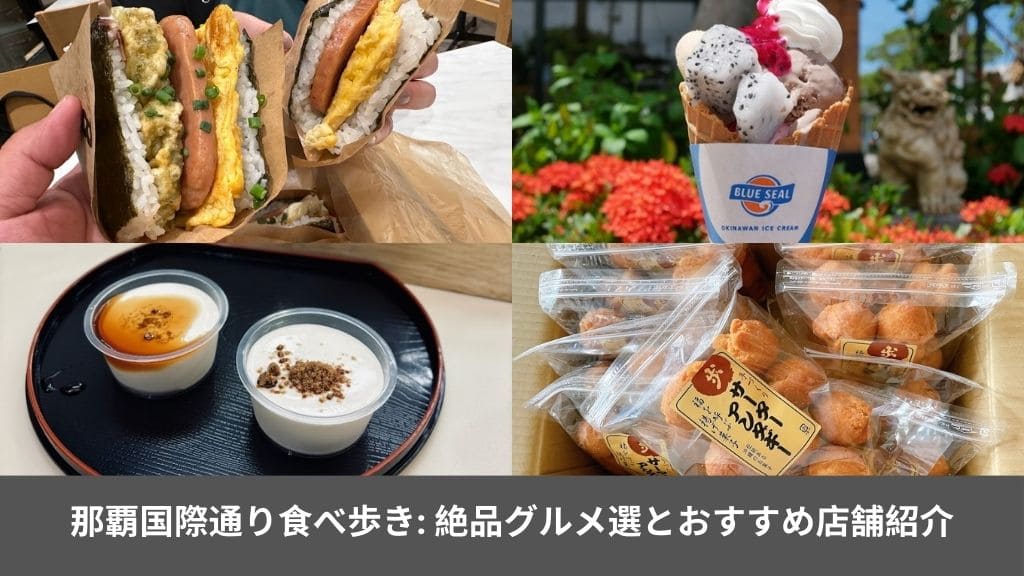
- 恩納村の鉄板焼きレストラン: 最高の味わいを堪能
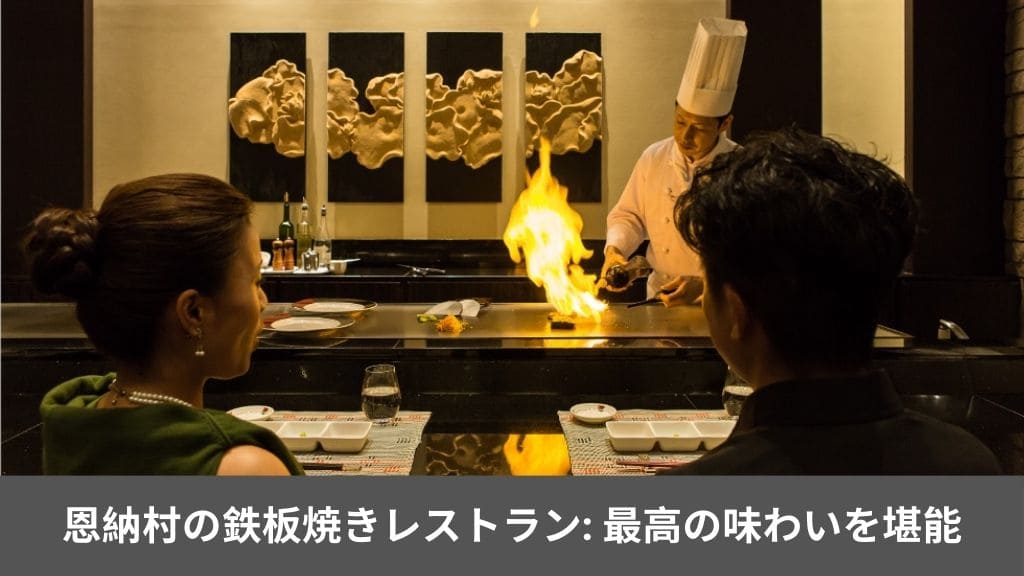
- 恩納村ディナー:地元の味とロマンチックな雰囲気を楽しむ
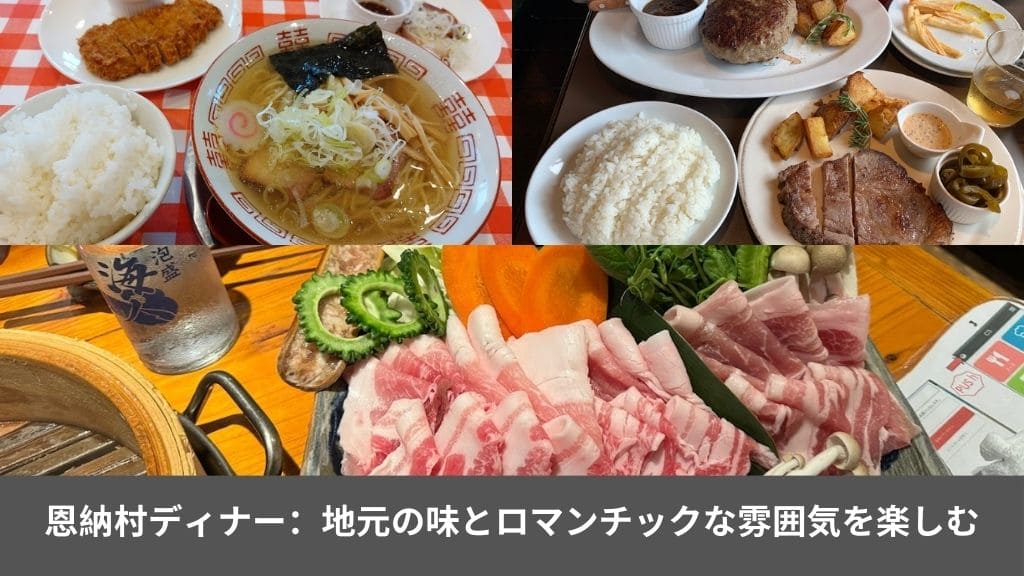
- 宮古島の名物食べ物10選!地元民おすすめのグルメも紹介
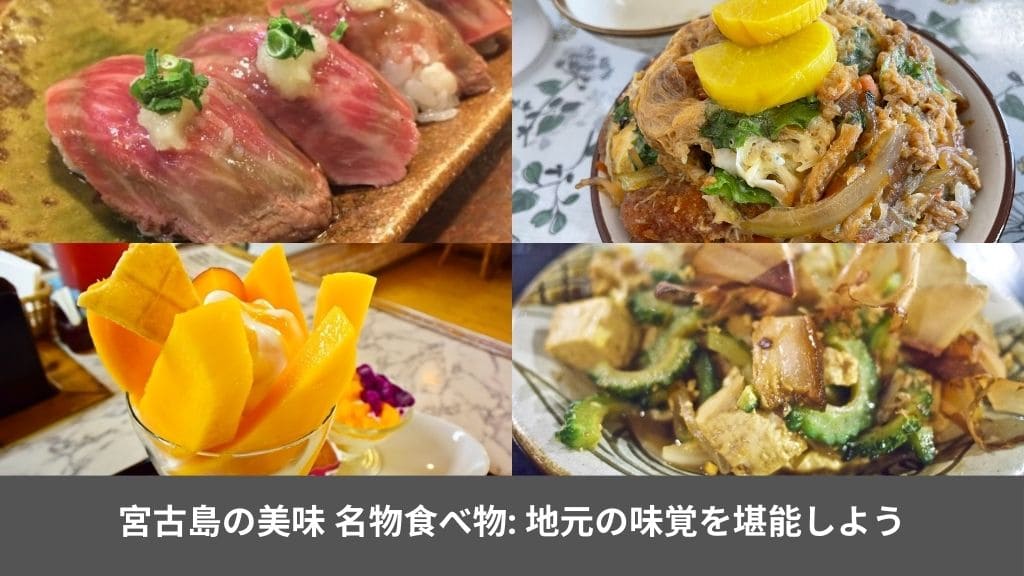
- 東近江市の観光とグルメ紹介:絶景スポットと美食の旅ガイド

- 絶対食べてほしい!沖縄県のおすすめグルメ10選

- 山芋の鉄板焼きレシピ:アツアツでふんわり!簡単に作れる美味しい山芋の鉄板焼き
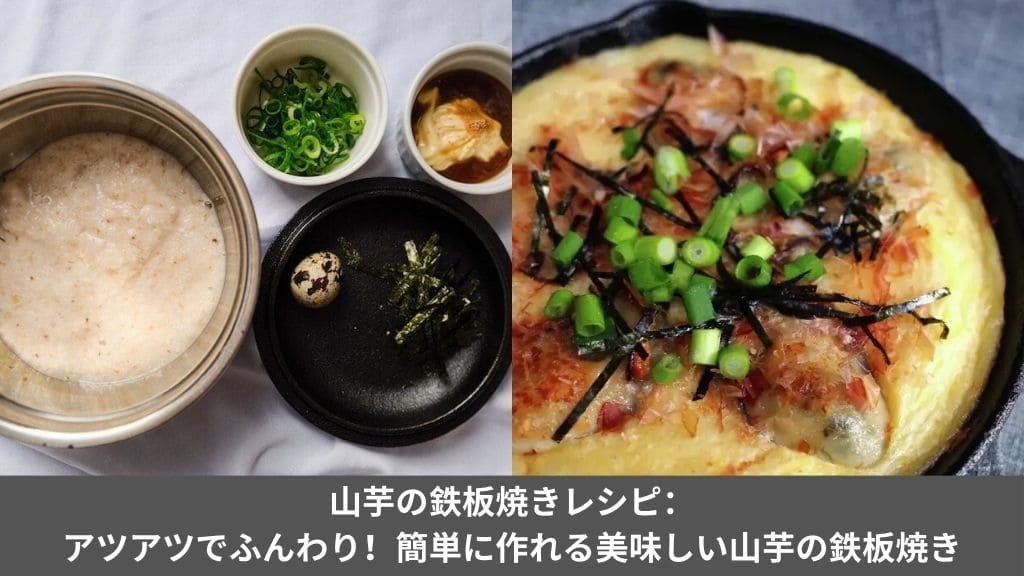
- 鉄板焼きのレシピ: 家庭で簡単に作れるおすすめメニュー
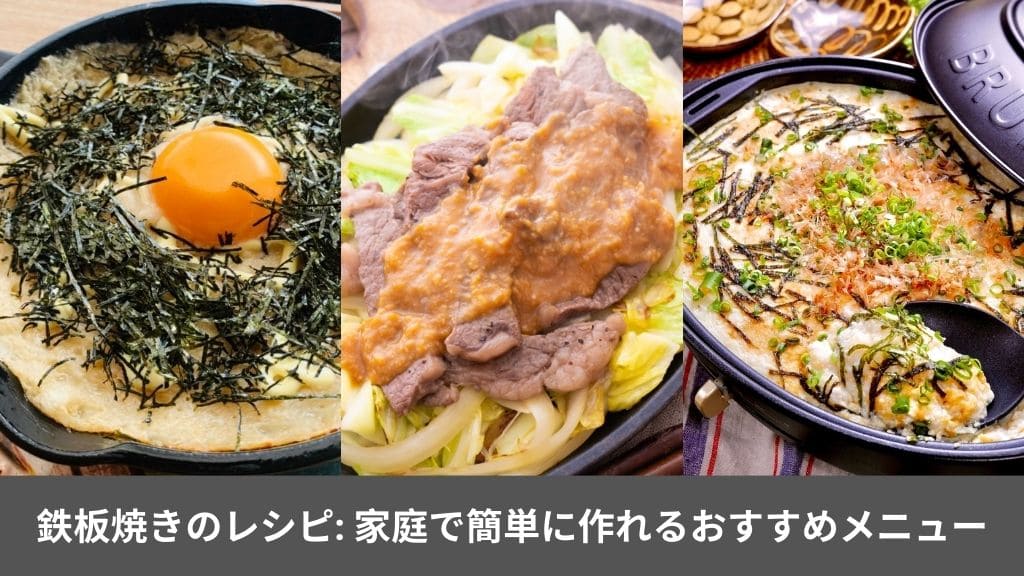
- 東京の高級ホテルで鉄板焼きを堪能!おすすめレストラン特集
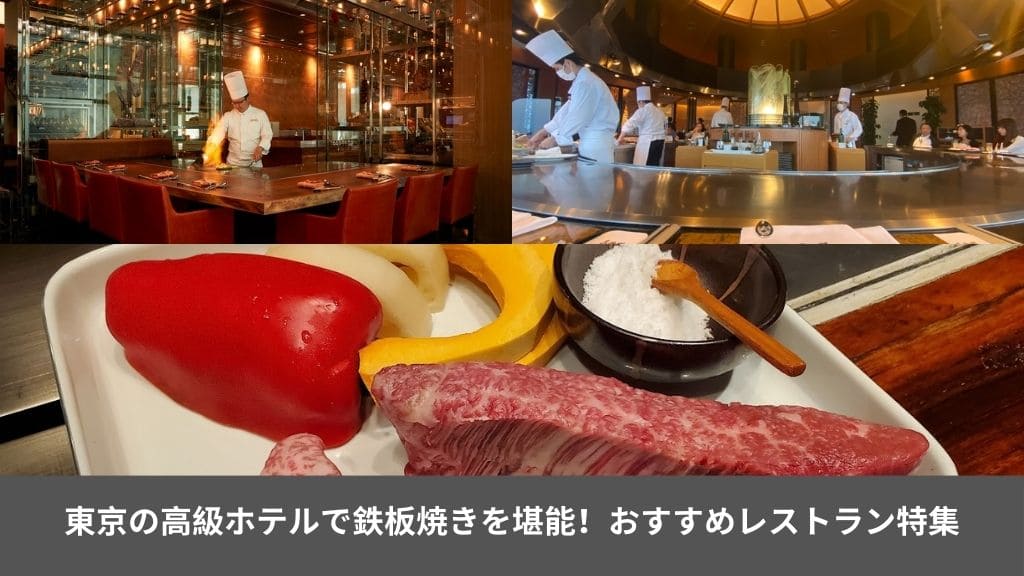
- 東京都のいくらが美味しい店5選|絶品イクラ料理を楽しむならココ
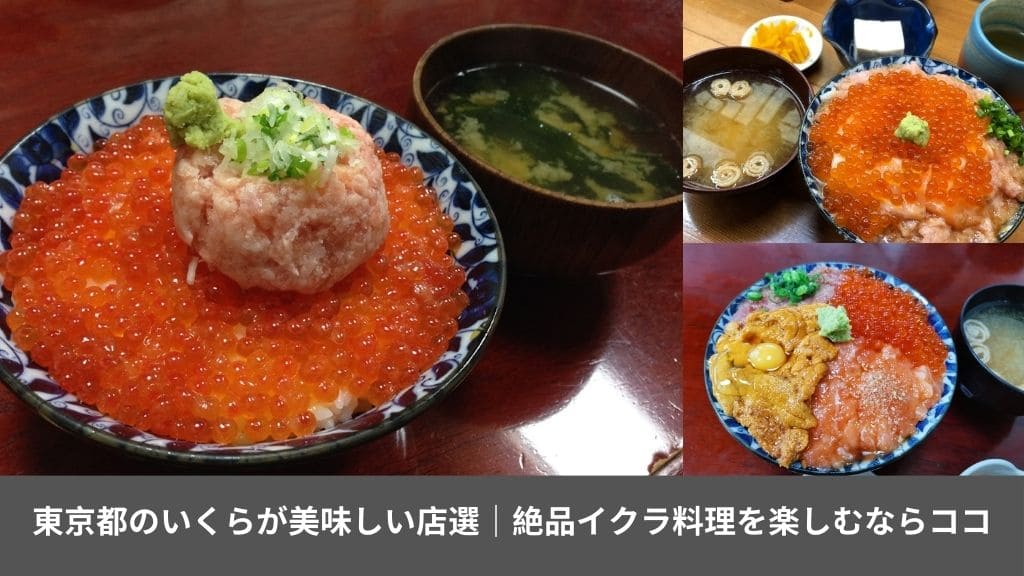
- 宇治ディナー個室:おすすめ10軒のレストラン
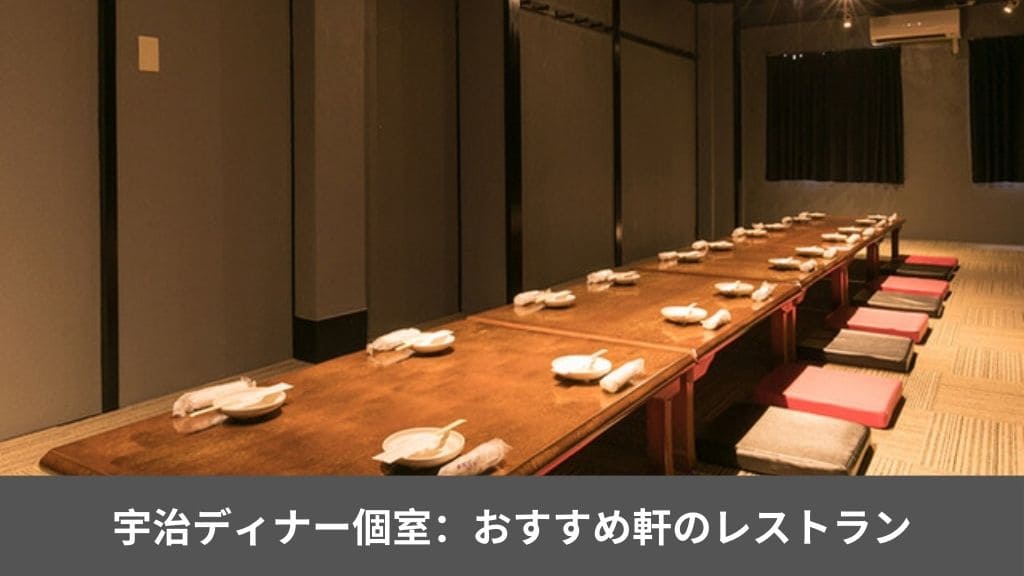
- しゃぶ葉 宇治小倉店: 新鮮な食材と心地よい雰囲気で至福の食体験
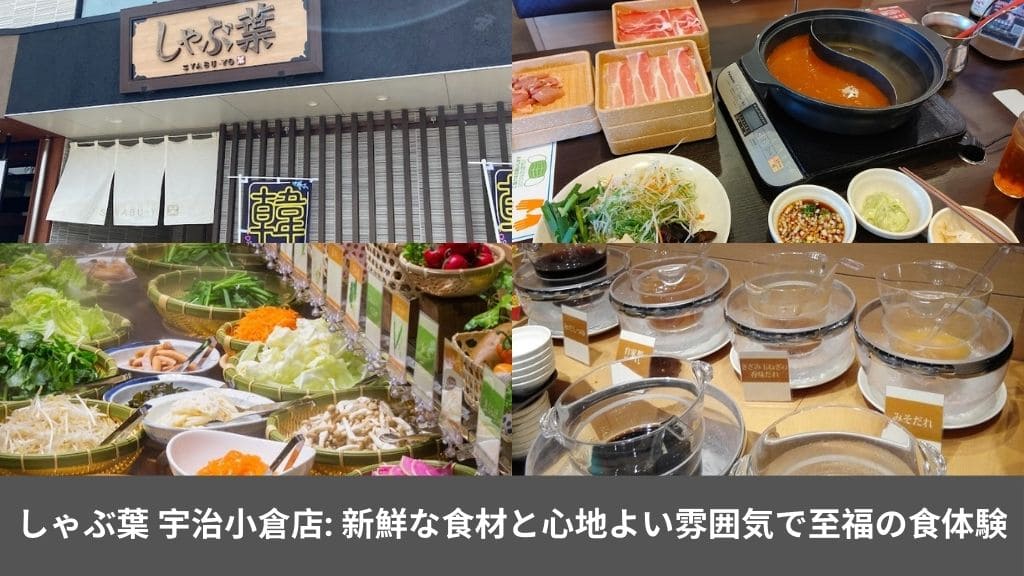
- 京料理 寿司 竹林 本店: 宇治の伝統と味覚の融合
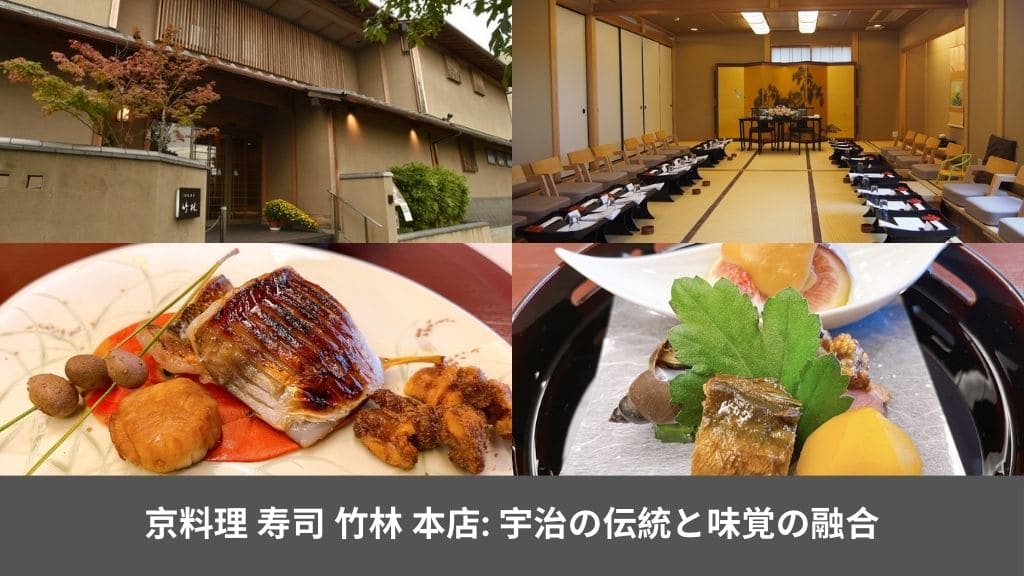
- ルンビニ: 本場の味わいを満喫!インド・ネパール料理の魅力
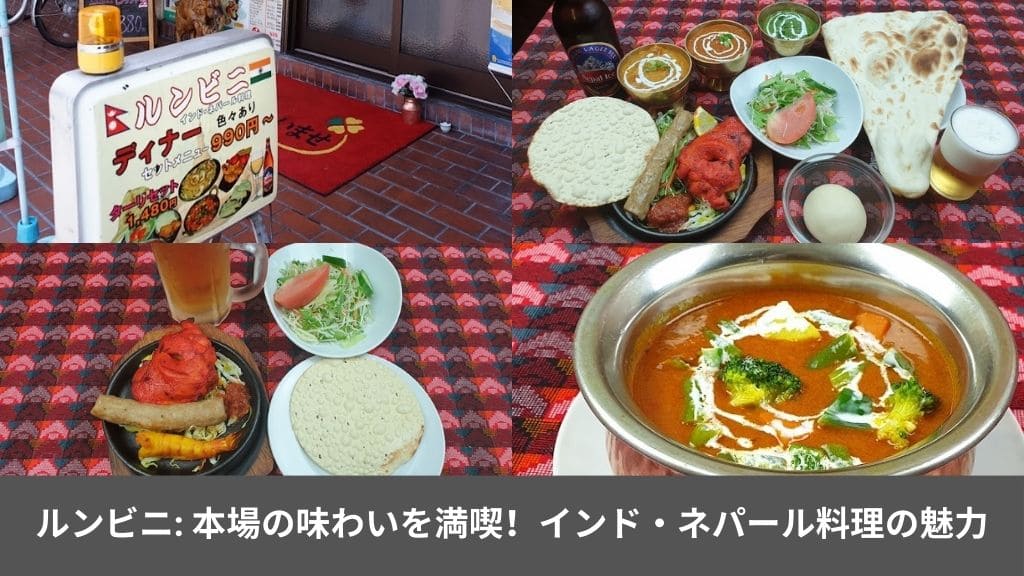
- 京・宇治の名店『辰巳屋』で味わう抹茶料理の魅力
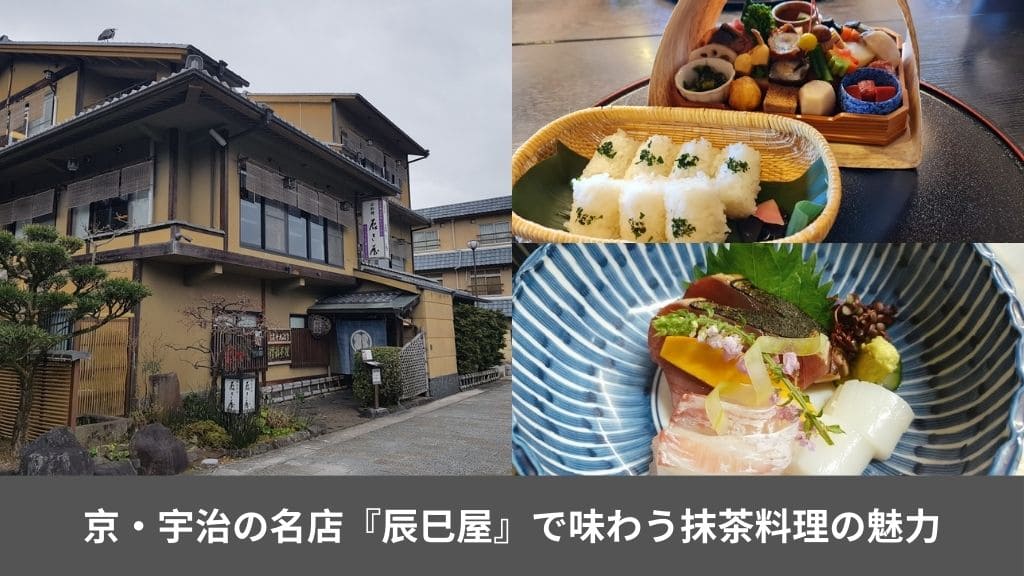
- 宇治ディナーおしゃれスポットTOP8【最新情報】
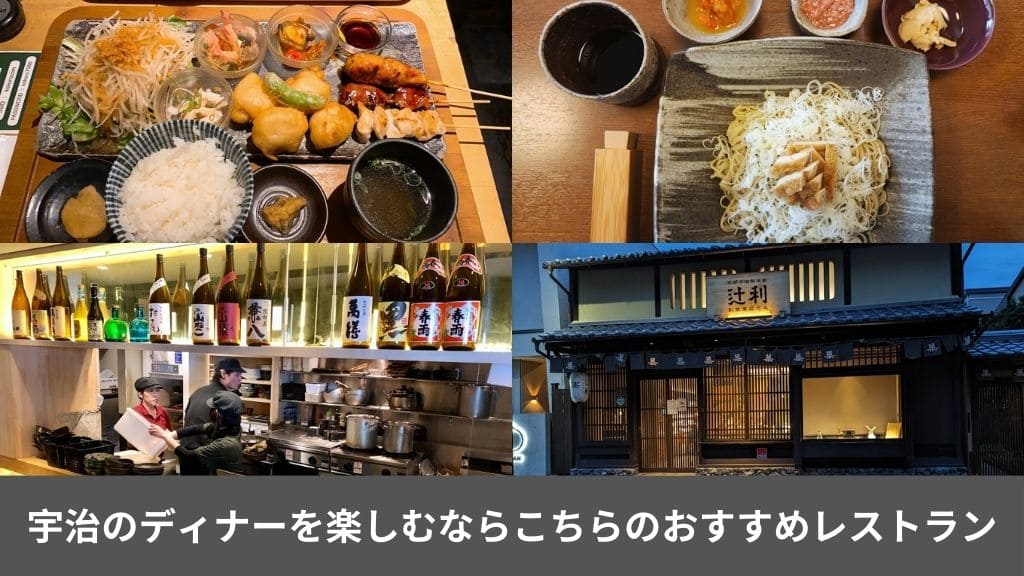
- 宇治市温泉旅館: 癒しと贅沢な湯治体験を満喫しよう
